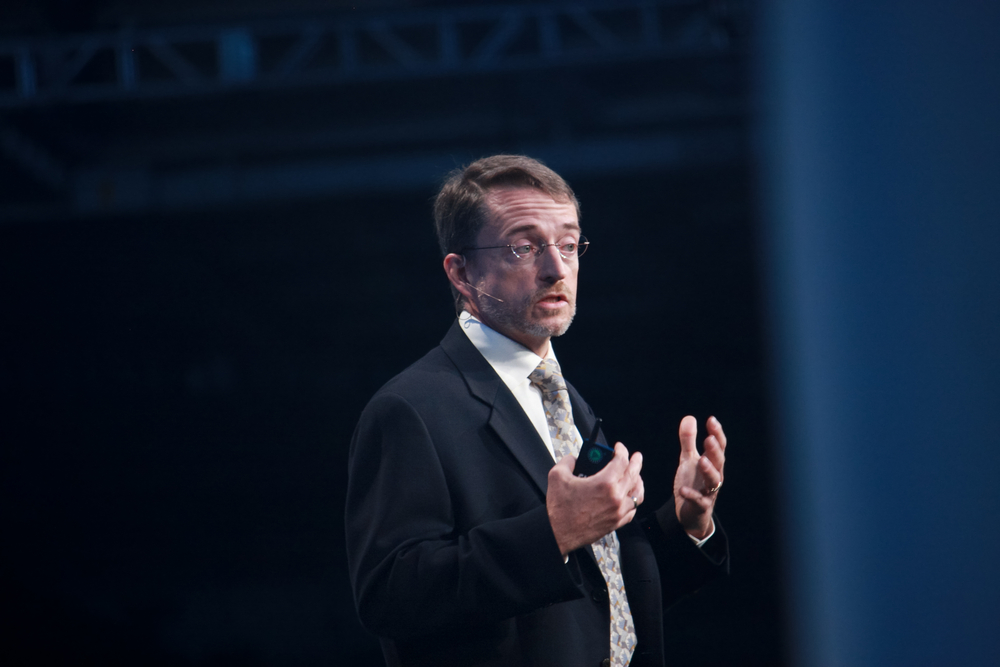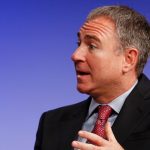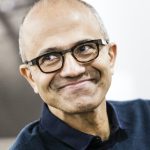Intel’s Pat Gelsinger Resignation Sparks Debate: Was a Business Split the Catalyst?
Pat Gelsinger’s unexpected resignation as Intel’s CEO has left industry insiders speculating about the real reasons behind his departure. While financial pressures and underwhelming performance metrics have been cited, the possibility of a deeper conflict—centered on Intel's potential business split—has gained significant attention. Gelsinger’s bold statements in a 2022 Stratechery interview may provide key insights into this unfolding narrative.
In that interview, Gelsinger emphasized his resistance to splitting the company, remarking that if the board pursued such a move, they might as well "hire a PE guy," referring to private equity professionals often brought in to oversee drastic restructuring. These words now carry added weight, as Intel grapples with its financial and strategic challenges.
Intel’s Financial Crossroads
Intel’s financial woes have been no secret. With intense competition from rivals such as AMD, NVIDIA, and global manufacturing leader TSMC, Intel has faced mounting pressure to stay competitive. Despite Gelsinger’s ambitious IDM 2.0 strategy, which sought to revitalize the company’s integrated design and manufacturing model, progress has been slower than anticipated.
The company's advanced 18A node technology and Intel Foundry Services (IFS) were central to Gelsinger’s strategy. He envisioned Intel as a leader in both cutting-edge semiconductor manufacturing and design, with IFS serving as a vital component in America’s drive to secure supply chain resilience. However, the foundry division struggled to gain momentum, and financial pressures forced the board to reevaluate its options.
One of those options was a business split—a structural change that would separate Intel’s design and manufacturing units. Proponents argued that such a move could allow each division to operate independently and focus on its core competencies. Yet, for Gelsinger, this approach was antithetical to the holistic vision he championed.
The Split-Up Debate: Potential Benefits and Risks
Splitting Intel into two entities, one for design and the other for manufacturing, would represent a seismic shift in the company’s operations. Advocates of the split argue that this restructuring could increase efficiency, reduce bureaucratic inertia, and position both units to compete more effectively.
For the manufacturing division, independence could allow it to better pursue external contracts and focus on innovations to rival TSMC and Samsung. Meanwhile, the design unit could focus on creating advanced chips, such as processors tailored for data centers and AI applications.
However, critics warn of significant risks. Intel’s integrated model has historically been a cornerstone of its competitive edge. The close synergy between design and manufacturing enables quicker iteration cycles and a high degree of customization. Splitting these functions could lead to coordination challenges, reduced integration, and diminished market leadership.
For Gelsinger, maintaining this integration was vital. His IDM 2.0 strategy aimed to capitalize on Intel’s unique position as both a designer and manufacturer, distinguishing it from fabless competitors like AMD and NVIDIA. A split, in his view, would compromise this advantage and hinder Intel’s ability to reclaim its former dominance.
Why the Split May Have Triggered Gelsinger’s Resignation
Although Gelsinger’s public statements focused on optimism and innovation, his departure raises questions about internal disagreements. The timing of his resignation suggests that the board may have been leaning toward decisions that clashed with his vision. Splitting the business, a move that he vehemently opposed in 2022, could be one such decision.
Under Gelsinger’s leadership, Intel invested heavily in expanding its foundry capabilities, aiming to serve external clients and bolster domestic semiconductor production. Yet, the financial returns have been slower than expected. Critics within the boardroom may have questioned the viability of IDM 2.0 and sought alternative strategies, such as a split-up, to address Intel’s challenges.
For Gelsinger, the prospect of overseeing such a move may have been untenable. His resignation could reflect a principled stand against a direction that he believed would undermine Intel’s long-term prospects.
The Larger Context: Global Semiconductor Dynamics
Intel’s struggles are not occurring in isolation. The global semiconductor industry is undergoing rapid transformation, driven by surging demand for chips in everything from consumer electronics to AI-powered systems. TSMC, Samsung, and other competitors have capitalized on this demand, leaving Intel to play catch-up.
In the U.S., Intel’s role has also taken on national importance. The company has been a key player in initiatives to reduce reliance on foreign chipmakers and bolster domestic production. The CHIPS Act, which allocates billions in federal funding to support U.S. semiconductor manufacturing, underscores the strategic importance of Intel’s success.
However, these broader stakes also amplify the consequences of Intel’s internal challenges. A split-up, while potentially addressing immediate financial pressures, could weaken Intel’s position as a fully integrated leader capable of both designing and manufacturing advanced chips.
Related: Intel CEO Pat Gelsinger Retires Amid Tumultuous Tenure as Stock Surges 5%
Related: Pat Gelsinger’s Exit from Intel: A $25 Million Payday Amidst a Tumultuous Tenure
Gelsinger’s Legacy and the Road Ahead
Pat Gelsinger’s tenure at Intel will be remembered for his ambitious vision and his determination to restore the company’s leadership in the semiconductor industry. His commitment to IDM 2.0 and his defense of Intel’s advanced manufacturing capabilities demonstrated a long-term perspective that sought to position the company for sustained success.
Yet, his departure marks a pivotal moment for Intel. Whether the company proceeds with a split-up or adheres to a modified version of Gelsinger’s strategy, the decisions made in the coming months will shape Intel’s future. For now, Gelsinger’s resignation serves as a reminder of the challenges inherent in balancing financial realities with strategic vision.











